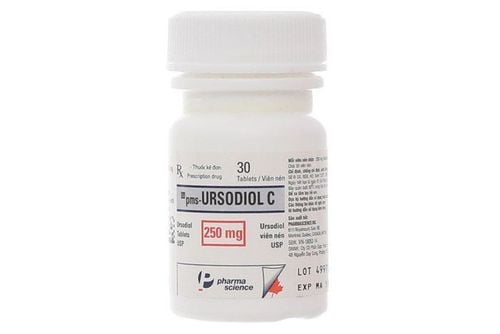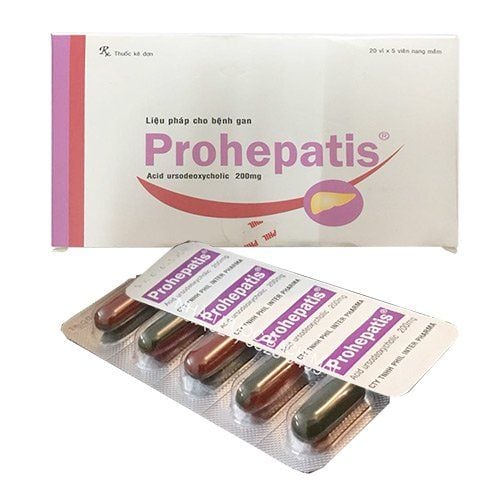This is an automatically translated article.
Gastric cholecystitis is a serious complication of gallstones. If not treated promptly, the patient can face unpredictable health consequences.
1. Gallbladder at a glance
In the biliary system there are gallbladder, common bile duct and intrahepatic biliary branches. The gallbladder is an organ located close to the liver, with a length of about 80-100mm, a width of about 30-40mm. The gallbladder and cystic duct are organs that store bile that is synthesized and secreted by the liver. When eating, more bile will be excreted by the liver. The gallbladder will contract, expelling bile into the common bile duct and then emptying into the duodenum to allow bile to travel down the small intestine to digest food. In addition, the muscle of Oddi acts as a valve to control bile into the duodenum to flow into the small intestine in a rhythmic manner.

Viêm túi mật sinh hơi là một biến chứng nặng của sỏi túi mật
2. What is gastritis?
Gallstones can cause unwanted complications such as: Acute cholecystitis (including gallstone cholecystitis, non-stone cholecystitis, gastritis cholecystitis, necrotizing cholecystitis, etc.). ..) and chronic cholecystitis. In particular, gastritis is a severe form of acute cholecystitis.
Gastric cholecystitis is not caused by stones but is caused by ischemia of the gallbladder artery and by gas-producing bacteria (Clostridium Perfringens, E.coli, Klebsiella). This condition is common in diabetics. Manifestations of the disease are similar to typical symptoms of acute cholecystitis, which are: Abdominal pain (usually after a full meal, pain in the right upper quadrant or upper navel), fever (after several hours of abdominal pain, with up to 39°C, with chills, sweating) and jaundice. In addition, patients may experience nausea, vomiting, bloating, and abdominal distension.
On ultrasound, gas-producing cholecystitis manifests as gas in the gallbladder wall against the background of cholecystitis. On the computed tomography scan, gas in the gallbladder, thickened gallbladder wall, peri-gallbladder fluid, and peri-gallbladder fat infiltrate were seen.
Severe damage from cholecystitis can lead to necrosis of the gallbladder wall, perforation of the abdomen causing peritonitis or in the gastrointestinal tract (gas in the gallbladder and biliary tract). In addition, this condition can form an abscess next to the gallbladder, which is very dangerous.
Gastric cholecystitis can cause dangerous complications. Therefore, when experiencing abdominal pain (especially pain after eating a lot of fat), especially in people with gallstones or chronic cholangitis, the patient should go to the nearest medical facility for diagnosis. early diagnosis and treatment.
Please dial HOTLINE for more information or register for an appointment HERE. Download MyVinmec app to make appointments faster and to manage your bookings easily.













